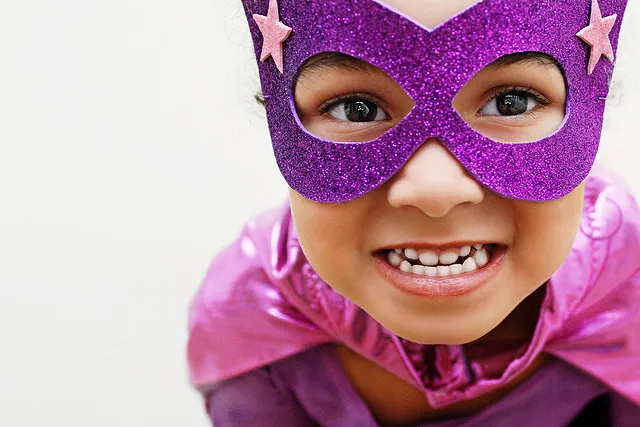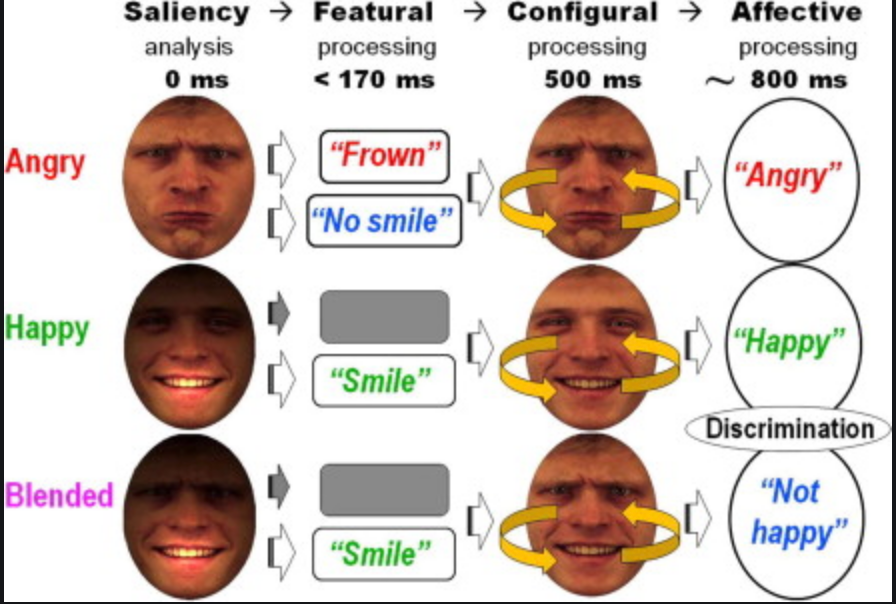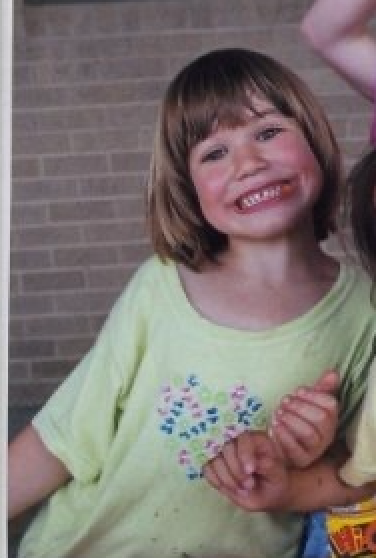The Autistic Female and Camouflaging/Masking: Constructing MY Face, Part I
Tania was one of the first psychologists in the world to explicitly detail the Autistic female profile. Her blog made international headlines in 2013. Her two award winning and best selling books are regularly in the Top 100 in the Autism and Parenting Children with Disabilities categories on Amazon.com
Tania has assessed, diagnosed and worked with thousands of Autistic/neurodivergent individuals of all genders, from 18 months to 80 years of age, over her lengthy career. This group come from a wide variety of cultures, backgrounds and countries. She now trains professionals in her work, specifically in relation to assessment and diagnosis of NeuroDivergent individuals, sharing what she has learnt over her 30 year career. She works mainly with the twice-exceptional (2e) population, the ones that are most likely to be missed, including the ‘lost generations’ and individuals who are missed due to Camouflaging. These individuals usually typically have an IQ of 130 or above. Tania specialises in camouflaging and wrote about this in her 2013 blog here. Tania herself is neurodivergent, more specifically Twice-Exceptional.
Most professionals are not aware or trained in camouflaging. Training in camouflaging is helpful in understanding what to look for or observe in clinical practice. Many individuals attending therapy, assessment, other professional appointments or involved in the criminal justice system actively camouflage and often report not wanting their therapist/professional to see ‘underneath the mask’. Some are completely unaware that they are engaging in camouflaging while others believe they camouflage really well, however to the observer, they report that ‘something is not right’. Masking, assimilation and compensation are often used, regardless of whether or not the individual is aware of using them. Only a minority of trained observers are aware when individuals are using camouflaging, often misinterpreting or misunderstanding these strategies. To be clear, masking is one category of Camouflaging. social camouflaging is, in part, related to a late diagnosis. A late diagnosis is considered after the child starts school.
This is part 1 of an on-going series on camouflaging, in particular facial affect. We all camouflage with our faces, to some degree and for a variety of reasons. some masking is required to function in society and yes, all people mask.
However, it is to the extent and to the degree that one has to engage in this, that makes the difference. Some people have to learn to match their facial expression with the way they feel. It does not come naturally to them. Many people that I have worked with have reported repetitively studying and practicing facial expressions using the associated facial muscle(s), in order to fit in, to come across a certain way to others and/or blend in. Unfortunately, this can lead to misunderstandings and misinterpretations.
Facial affect can be challenging for the observer to interpret, leading to confusion at best, and serious ramifications or consequences, at its’ worst. This series aims to demystify camouflaging with the intent that this may assist observers (who may be in the educational, forensic, family unit, workplace, relationship areas) to understand what camouflaging is, who engages in camouflaging, why individuals engage in it, how individuals learn to do it, the circumstances in which individuals are most likely to engage in camouflaging, and how camouflaging is related to late diagnosis.
First off, we will start with facial affect. One reason I routinely request that photographs are included in my assessments is due to the multiple non-verbal clues that can be seen in historical infant, toddler, childhood, teenage and adult photos. One of those clues has to do with the topic of facial affect. One facial affect clue is “putting on my smile”. A professional can only discern this if they have studied and are familiar with the core universal facial expressions that individuals express, regardless of age, gender, culture, language and/or country. For more information on universal facial expressions, go to Dr Paul Ekman’s research. Once you have learnt the universal facial expressions (taken the trainings and studied the FACS manual), it becomes easier to see unnatural or compound/blended facial expressions, including the red flag micro-expression signs for deception, in real time.
The most common facial expressions I have seen over my career are what are known as blended and/or compounded facial expressions including the signs for deception. Compounded facial expression are ones that are constructed by combining basic component categories to create new facial expressions. For example, happily surprised and angrily surprised are two distinct compound emotion categories. A fear smile is commonly seen in individuals with a history of trauma. The fear can be seen in the eyes with the smile showing happiness or what appears to be happiness. If a fearful and/or anxious smile is seen in a photo, it is important to ask a question about the context of the photo. This is a clue to question about social anxiety or trauma.
One common example I see in childhood photos is the ‘smile’. There are eighteen different kinds of smiles, none of which are deceptive or falsified. The others conceal less than happy facial affect. In a blend, two or more emotions are experienced at once and registered within the same facial expression. Any emotion can blend with any other emotion. It is these blended facial expressions that can lead to misinterpretation and misunderstanding. Any misinterpretation may have real-world consequences.

In the above photo, there are multiple early signs of Camouflaging visible. To the trained eye, these signs are obvious, however these signs are often missed by people and most professionals. These signs persist throughout a persons lifetime and can cause multiple painful social interactions and misinterpretations/misunderstandings, over the course of a persons lifetime. The slight ‘grimace’ causes confusion to the observer. What do you see? What does this face tell you? What does it not tell you? What do you think she is feeling? What do you think other observers might think she is feeling? How might this be interpreted or misinterpreted?
For obvious reasons, I am unable to supply photographs from my 30 year career, however there are a plethora of photographs on-line that give clues of camouflaging when it comes to compound or unnatural/blended facial affect or expressions. This is a future blog.
The eyes and the mouth reveal many clues as to what a person is really feeling. First of all, the eyes and the mouth MUST match for each type of emotion shown on the face. When they do match, the observer ‘feels’ a genuineness. Second, the smile engages certain muscles and in natural or genuine smiles, goes in an upward direction. A natural smile shows the upper teeth only, in most cases. The eyes are literally the window to the soul and tell explicitly how someone is feeling. You cannot lie about your emotions with your eyes. In a natural smile, the eyes ‘twinkle’ in a way that can be difficult for someone to explain, but you see and feel it when you see it. The eyes display the ‘Duchenne’ marker (DM). This is when the contraction of the orbicularis ocul (DM) lifts the cheeks, pushing the skin that surrounds the eye towards the eye socket which narrows the eye opening and wrinkles the skin around the eyes, causing ‘crows’ feet’. The left and right side of the smile should be symmetrical. For those confused by the many different types of blended smiles and micro-expressions, this is one of many examples that may help.
One example of a a natural genuine smile vs. a blended facial expression below (unrelated to the above image).

A commonly confusing facial expression is distinctly seen in individuals who enjoy being angry and/or are addicted to being angry. The enjoyable-anger blend will show a narrowing of the lips and at times also a raising of the upper lip as well as the felt smile (aka a sadistic smile, a cruel smile or an ‘evil’ smile.) It is known as ‘duping delight’ (check out OJ Simpson). In the enjoyable-contempt expression, the felt smile merges with the tightening of one or both lip corners. With contempt you will see the raising of the upper lip on one side. This will tell you how they truly feel about the person they are talking about. If you want to know how people are really feeling about you or other people, study micro-expressions. Studying both FACS and micro expressions is a social defence strategy for those where this area of social-communication is not be natural to them. Study in this area is useful for all humans and After study and practice you will begin to “see” what people are really thinking, feeling and trying to say. This strategy will help you to be less likely to be taken advantage of.
I have added another example below. What is going on here? How is this child feeling? What feeling is she showing on her face? Waht do you think her internal dialogue in? Do they match?Anything else going on?

For an in-depth understanding of how each emotion is expressed anatomically, Dr. Paul Ekman’s Facial Action Coding System (FACS) manual is an invaluable training resource for the professionals and the gold standard for learning how to interpret individual actions of the face. Tania completed both the advanced micro-expression trainings and FACS training and this is a core part of her assessment and profiling work.
Get In Touch
consulttaniamarshall@gmail.com
Address
Queensland Australia
Hours
Mon – Fri: 9am – 9pm AEST
Weekends: 10am – 5pm AEST
